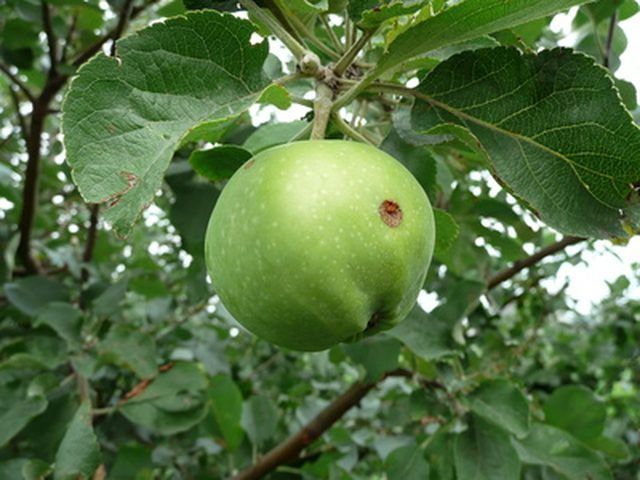Bulbs
Flower Basics
Flower Beds & Specialty Gardens
Flower Garden
Garden Furniture
Garden Gnomes
Garden Seeds
Garden Sheds
Garden Statues
Garden Tools & Supplies
Gardening Basics
Green & Organic
Groundcovers & Vines
Growing Annuals
Growing Basil
Growing Beans
Growing Berries
Growing Blueberries
Growing Cactus
Growing Corn
Growing Cotton
Growing Edibles
Growing Flowers
Growing Garlic
Growing Grapes
Growing Grass
Growing Herbs
Growing Jasmine
Growing Mint
Growing Mushrooms
Orchids
Growing Peanuts
Growing Perennials
Growing Plants
Growing Rosemary
Growing Roses
Growing Strawberries
Growing Sunflowers
Growing Thyme
Growing Tomatoes
Growing Tulips
Growing Vegetables
Herb Basics
Herb Garden
Indoor Growing
Landscaping Basics
Landscaping Patios
Landscaping Plants
Landscaping Shrubs
Landscaping Trees
Landscaping Walks & Pathways
Lawn Basics
Lawn Maintenance
Lawn Mowers
Lawn Ornaments
Lawn Planting
Lawn Tools
Outdoor Growing
Overall Landscape Planning
Pests, Weeds & Problems
Plant Basics
Rock Garden
Rose Garden
Shrubs
Soil
Specialty Gardens
Trees
Vegetable Garden
Yard Maintenance
How to Plant Apple Tree Cuttings
How to Plant Apple Tree Cuttings. Many plants may be successfully grown using a cutting---a small piece of branch or root that is taken from an existing plant of the desired species. Propagating a species by cutting offers a way to share a plant. Apple trees may be grown from branch cuttings, if the right cutting is used and the plant is given the...

Many plants may be successfully grown using a cutting---a small piece of branch or root that is taken from an existing plant of the desired species. Propagating a species by cutting offers a way to share a plant. Apple trees may be grown from branch cuttings, if the right cutting is used and the plant is given the proper care.
Things You'll Need
Apple cutting
Peat soil
Rooting hormone
8 inch pot
Choose the right branch to use for a cutting. According to the experts at the University of Califonia, the branch should feature a number of nodes where leaves branch off, as well as a bud on the tip of the branch. Apple tree cuttings should be taken in late spring for best results.
Trim off all leaves and buds that will be below the soil. The cutting should be around 6 to 8 inches long, and at least three inches should be below the soil. Leave at least one or two leaves.
Dip the end of the cutting into a small dish of rooting compound. Rooting hormones are special powders or liquids used to encourage a cutting to sprout roots, according to the experts at Fine Gardening.
Fill a pot with moist peat soil. Peat soil is recommended by the experts at the Washington University Extension Office because it drains well and is light enough not to interfere with root growth. Insert the cutting into the soil to a depth of at least 3 inches.
Place the pot in a warm spot where it will receive partial or dappled sunlight. The experts at the Ohio State Extension Office recommend keeping the soil moist and sunlight indirect, or the cutting will dry out or suffer burn on it's leaves.
Check the cutting for signs of root growth after four weeks. If the leaves on the cutting have died and no growth has occurred, the cutting has not developed roots. Roots should provide some resistance when the plant is pulled up gently.
Plant the cutting. Loosen the soil at least two feet deep and 18 inches around the seedling, and plant it with as much of the cutting in the ground as possible.
Tips & Warnings
Plastic wrap can be layered over the plant to create a greenhouse effect to contain moisture and encourage growth.
Start more than one apple tree cutting, as the chance of one rooting from this method is not 100 percent.
Do not dip the cutting into the original container of rooting hormone. This could containment the entire container, and damage or kill all cuttings dipped into it.